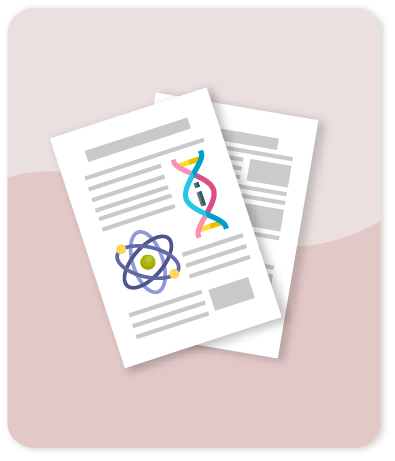Implementation of the two-dimensional electrostatic particle-in-cell method

Compartir este ítem
Autor
Rodríguez-Patiño D.F.
Ramírez S.
Salcedo-Gallo J.S.
Hoyos J.H.
Restrepo-Parra E.
Citación
Metadatos
Mostrar el registro completo del ítemResumen
We provide a guide to implementing the particle-in-cell algorithm, which is useful for simulating diverse phenomena in plasmas. We focus on two-dimensional systems which have vector fields with three Cartesian components but depend only on two spatial coordinates. We describe the algorithm in detail, including particle-to-grid interpolation, the fast Fourier transform, the Boris algorithm, and the use of dimensionless units. As an example, we discuss a simulation of the two-stream instability, which occurs in a plasma system composed of two counter-streaming electrons and an ion background at rest. © 2020 American Association of Physics Teachers.
Colecciones
- Indexados Scopus [1632]
